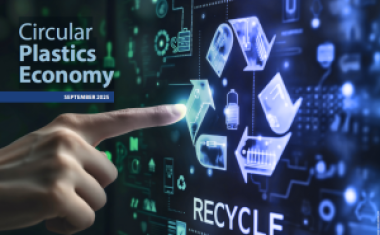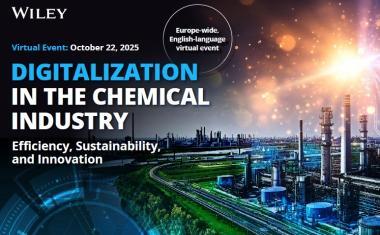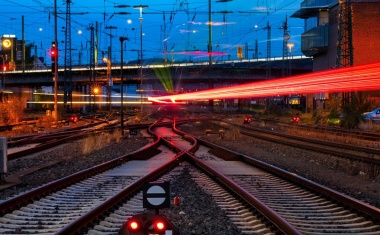Norway to Widen Carbon Capture Technology Hunt
Norway will consider a wider range of technologies for a long-delayed flagship carbon capture project to avoid health worries from chemicals in the original plan, the government said on Friday.
Environmentalists have strongly criticized Oslo for delays in the project designed to limit greenhouse gas emissions from the Mongstad oil refinery on the west coast, and have accused its operator Statoil of reluctance to invest.
A white paper presented to parliament said the government now favored looking at a wider range of technologies than in the original plan to use amines, derivatives of ammonia meant to separate carbon dioxide from exhaust gases at the plant.
"The government now wants to open up to more technologies than amine in further work," a statement by the Ministry of Oil and Energy said. It said work was needed to ensure there were no "negative effects for health or the environment."
The ministry also said it would adjust planning so that technologies were checked before the full project was under way.
The center-left government said on Tuesday it was putting off a decision to finance the project until 2016. It was the latest blow to a scheme that Prime Minister Jens Stoltenberg said in 2007 would be the technological equivalent of a "moon landing" for Norway.
A carbon capture and storage facility at Mongstad, meant to showcase technology for curbing climate change, was originally planned to be in place by 2014 but has been delayed several times.
"CO2 management can play a key role in reducing the world's emissions of greenhouse gases," outgoing Minister of Oil and Energy Terje Riis-Johansen said in a statement on Friday. Riis-Johansen resigned on Friday and will be replaced by Ola Borten Moe.
Emissions Cut
"A broad and lasting effort is needed to exploit the possibilities that this technology can offer," he said.
Norway plans to cut its greenhouse gas emissions by 9% below 1990 levels during the five-year period ending in 2012 and by 30% below 1990 levels by 2020.
The delays to carbon capture will make the 2020 goals - among the toughest set by any developed nation - even more difficult to achieve.
Carbon capture and storage can help cut the contribution of coal and gas-fired power plants to global warming by trapping and burying the greenhouse gas carbon dioxide, but has yet to be fully tested on a commercial scale.
In amine technology, carbon dioxide is captured in the flue gas by an amine solvent, a liquid comprising water and amines that absorbs the greenhouse gas.
Statoil, said in a recent report that the use of amine technology could pose a theoretical risk of cancer. Statoil said it "fully supports" the carbon capture at Mongstad.













